Your complete guide to Gyokuro, the highest grade of Japanese green tea. Historically, only the finest teas were reserved for the emperors.
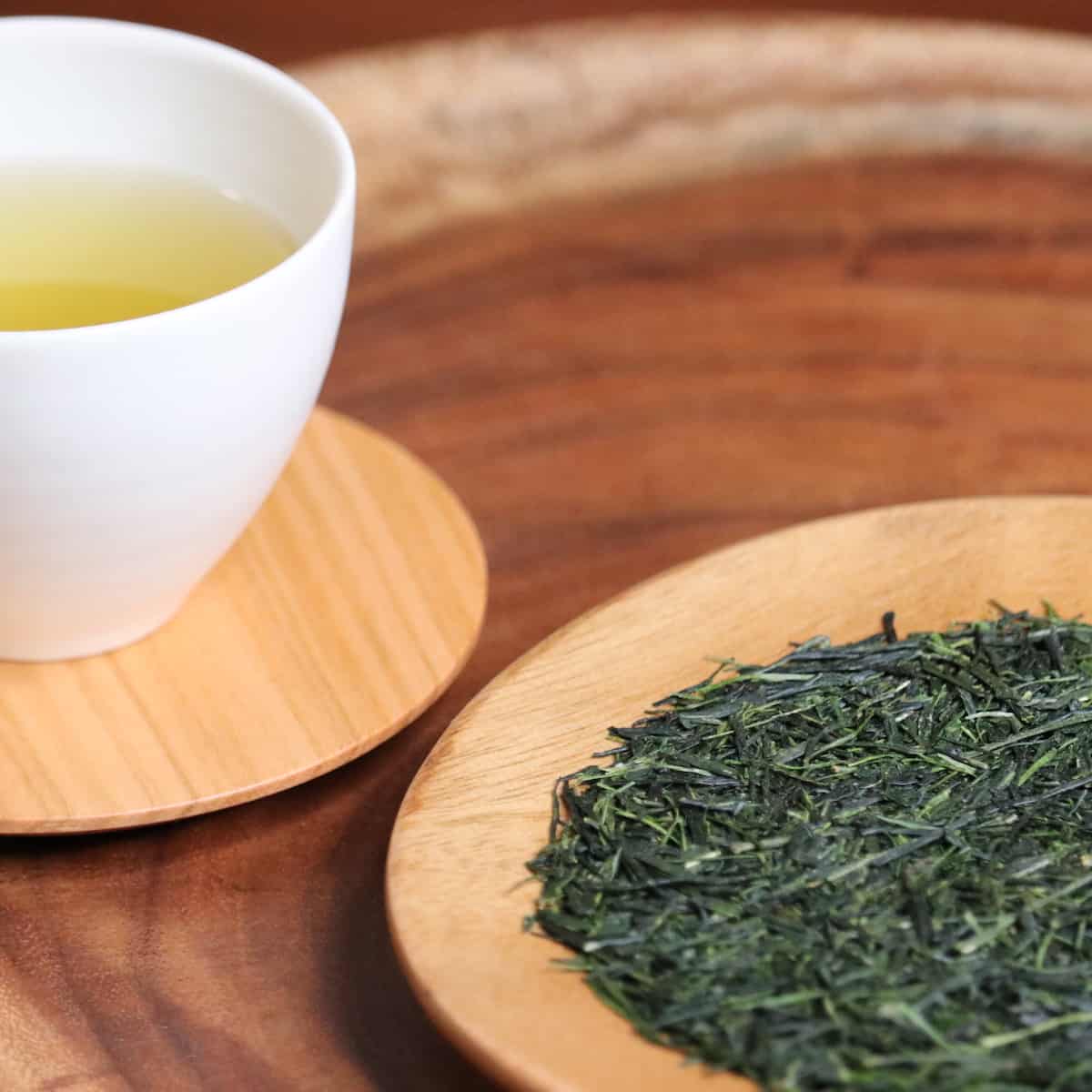
If you have had the experience of visiting a high-end tea shop, you may have heard of a tea called Gyokuro, pronounced gyow·koo·row. Of the Japanese teas, this one is perhaps the most shrouded in legend. It is known as the emperor's tea, and still, to this day, competitions are held to produce the best Gyokuro in Japan. In this article, we’ll dive into what Gyokuro is, how it’s produced, and what makes it so special. Let’s get started!
(Today, I have a great post from Will at Nio Teas to share with you. Nio Teas sells organically grown Japanese Tea. If you decide to purchase tea from Nio Teas, use my custom CODE: LIFEISBETTERWITHTEA to save 5%).
What is Gyokuro?
Gyokuro is Japan's most sought-after leaf tea, rivaled only by matcha, its powdered counterpart. What makes the tea unique is its robust, savory flavor. This decadent flavor, also called “umami” is perfected during the careful production process. Producers work meticulously to create a gyokuro that minimizes bitterness and maximizes the savory and sweet flavors that makes gyokuro famous.
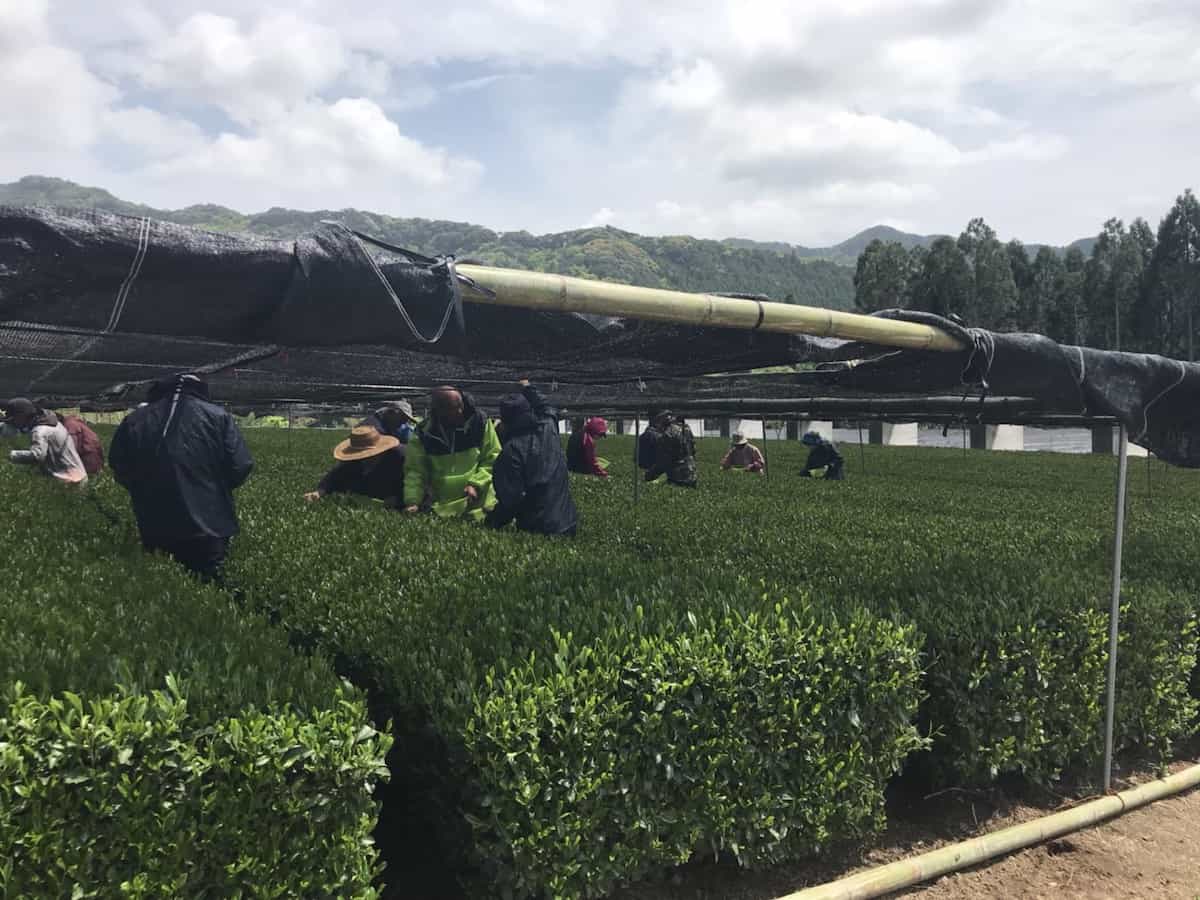
How is Gyokuro Made?
Shading Process:
While many other Japanese teas are shaded before the harvest, Gyokuro and matcha tea is shaded for the longest time. The tea plant is covered with “kabuse” netting for three weeks before the harvest. In addition to being shaded for a longer time, it is also shaded more heavily, with up to 90% of the sunlight being blocked from the plant in the last week before the harvest.
The reason that tea bushes are shaded is to reduce the development of catechins. Catechins are the bitter components in tea, and the plant creates them as natural protection from UV light. As the tea plant is exposed to sunlight, it will convert the theanine into catechins. If the tea plant is cut off from direct sunlight, it will retain more of its theanine, giving green tea a smoother and sweeter flavor.

Shades of Earl Grey - $19.95
from: Firebelly Teas Inc.
A farmer can use shading to control the flavor of his tea, whether for one week to reduce the bitterness slightly or three weeks to completely alter the chemical composition of the leaf.
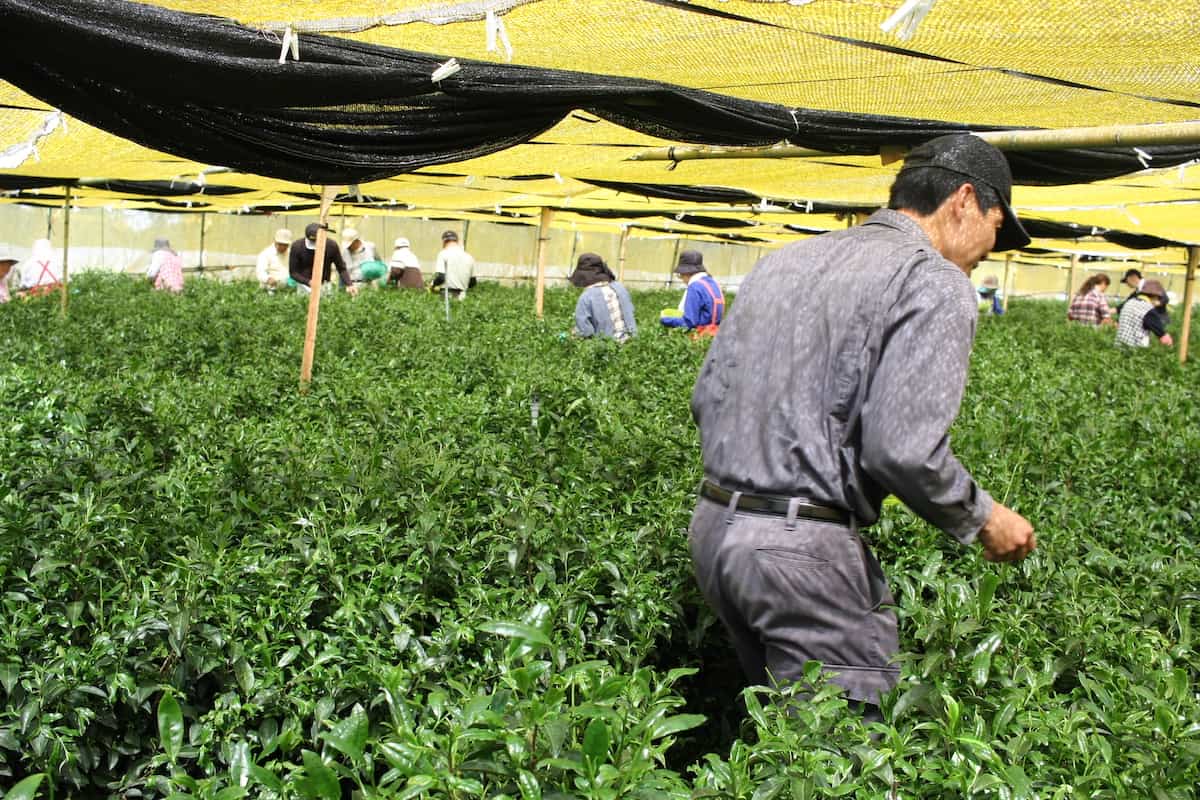
Picking:
The picking style of Gyokuro is similar to that of other premium Japanese green teas like matcha and high-grade sencha. The top 3 leaves of the tea plant are selected in the early spring after the three weeks of shading. The top 3 leaves are selected because they are the smoothest in flavor and the richest in nutrients.
The tea plant has to draw in nutrients from the soil all winter, which are then released into the light green sprouts in the early spring. This is why the young leaf is so helpful in producing premium Japanese green tea.
Handpicking is still something that takes place in some tea fields. This takes place only one day a year, and people gather from all over the town to help out on this special day. The gyokuro farmer has to set up a special bamboo scaffolding to shade the tea plants while still allowing enough space for people to pick the tea underneath. The pickers will grab the stem of the tea plant slightly underneath the third leaf, pluck it and place it into a basket. These leaves will later be gathered up for the next steps in production.
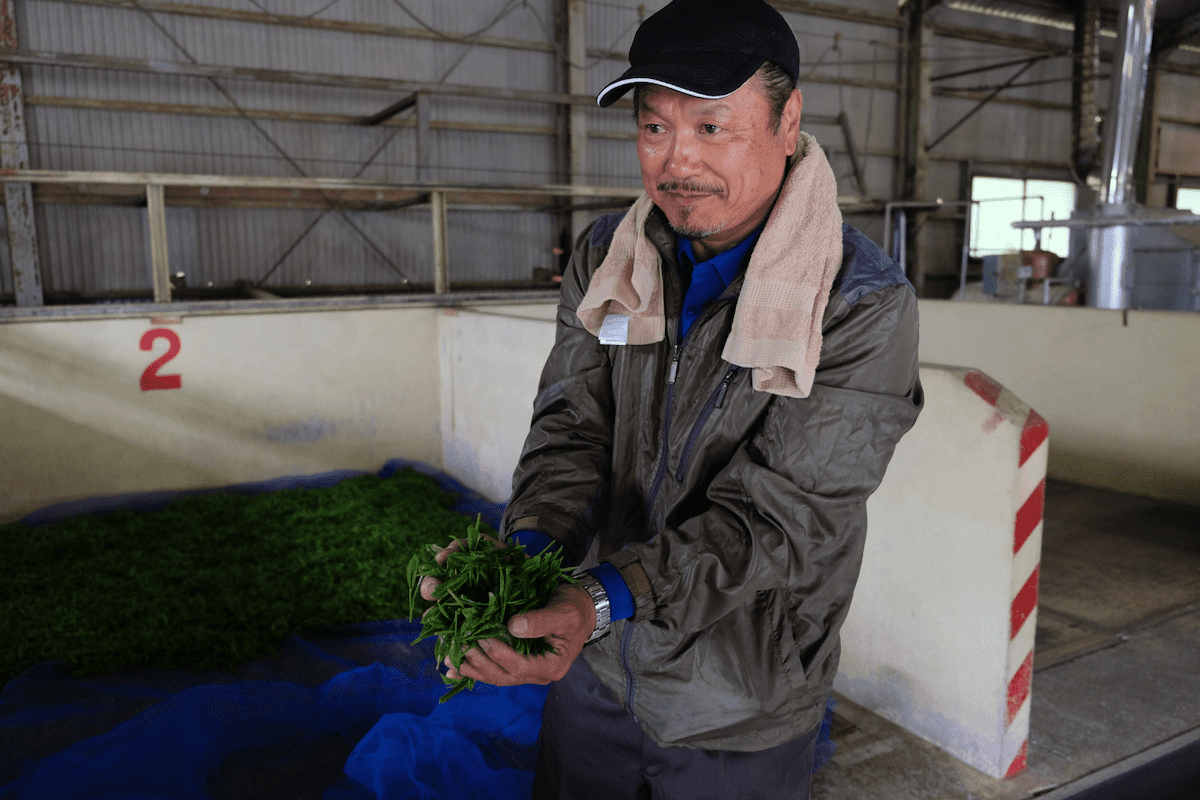
Processing:
Just as the gyokuro is carefully grown and picked, it must also be carefully processed. Most of the steps in the production of gyokuro are consistent with other types of Japanese green tea. The leaves must be steamed immediately after harvest to stop oxidation. This deactivates the enzymes that would otherwise turn the tea into black tea if left alone. This is why the dried tea leaves retain their rich green color for years after they are picked.
This heating process is also done for Chinese green teas, but the leaves are fired in a hot pan rather than steamed. The steaming process is unique to Japanese green teas and allows them to lock in more of their vegetal, even “seaweedy” flavor profiles.
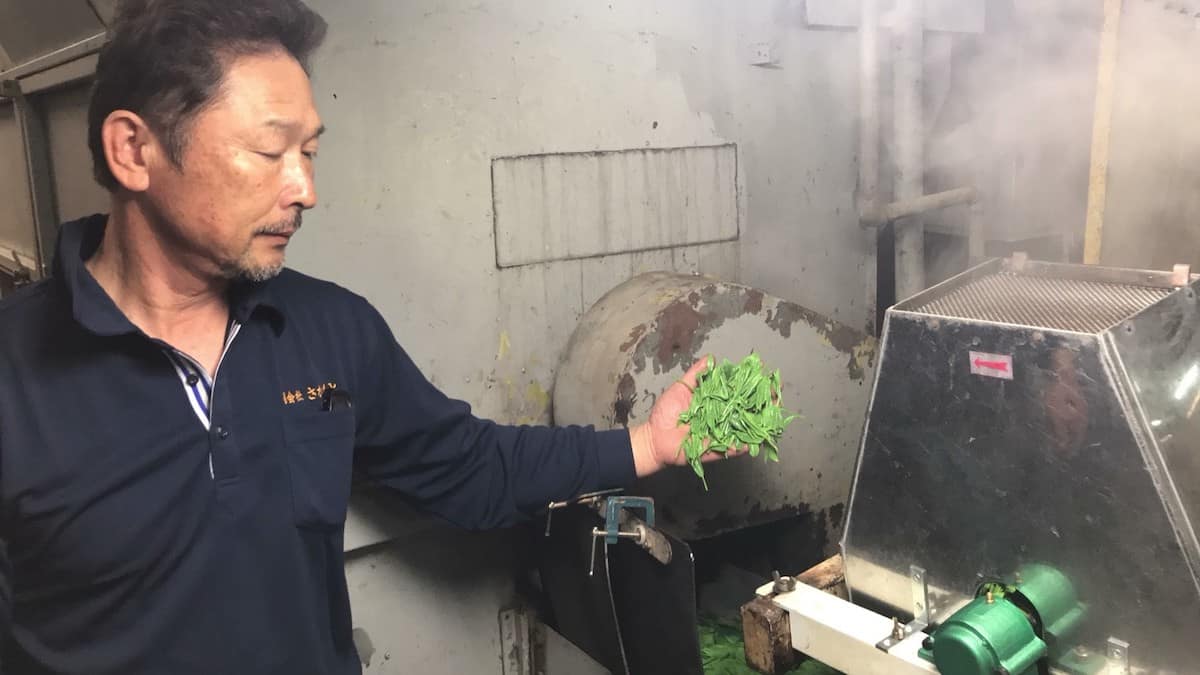
After the leaves have been steamed, they go through a lengthy drying process. The leaves need to be brought down to between 4-7% humidity to infuse properly. This can’t be done at high heat, or it will alter the flavor of the tea, so it is done at a low heat over a more extended period.
After making it through a series of small ovens, the tea leaves are ready to be rolled. This rolling is done before the final drying while the leaves are still somewhat pliable. While most Japanese green teas go through some rolling process, Gyokuro has an extra rolling step to achieve its trademark needle-shaped leaves.
These machines push the leaves over metal grooves which tightly roll them into this distinct shape. The leaves are then taken through a final drying process before they are packaged.
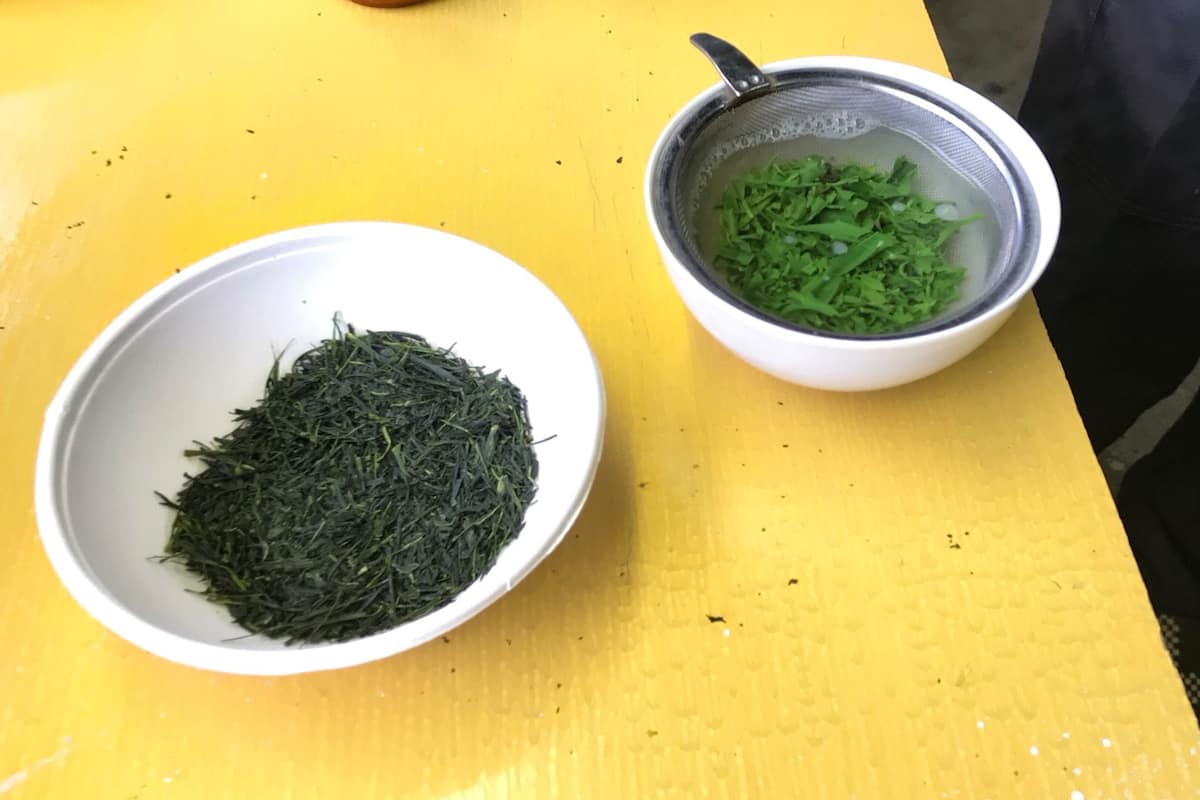
How to prepare Gyokuro Tea
Preparing gyokuro tea is similar to preparing sencha, but it can be a bit pickier regarding time and temperature.
Brewing Temperature for Gyokuro
Gyokuro is meant to celebrate these sweet and savory flavors, which can be extracted at a lower temperature. For this reason, you only need a hot water temperature of 140°F or 60°C. You will extract the sweet and savory theanine at this low temperature without extracting the more bitter catechins.
Gyokuro Brewing Time
While most Japanese green teas are brewed for around 1 minute, gyokuro needs a full 2 minutes. This is because the tightly rolled leaves need more time to open up and fully release their rich flavor into the infusion. While 2 minutes might typically make a tea bitter, at the lower water temperature, you won’t extract bitterness from a premium gyokuro after 2 minutes.
After the first infusion, the tea leaves can be brewed two more times at 20 seconds each. The leaves are already opened up in these later infusions, so they don’t require as much time to release their flavor.
How much Gyokuro should you use?
Regarding the leaf-to-water ratio, you can use the standard 5 grams (½ oz. or 1 teaspoon) of leaves and 150ml (5 oz.) of water you would with other Japanese green teas, but some tea shops like to do it differently. If you want to push the savory “umami” flavors to the limit, you can use 5 grams of gyokuro tea leaves and 70 ml (2.3 oz.) of water. This will concentrate the flavor into a very small space and even change the texture.
Gyokuro is enjoyed in tiny portions, allowing you to savor the taste and texture of the tea as it glides over the top of the tongue, almost like an oil.
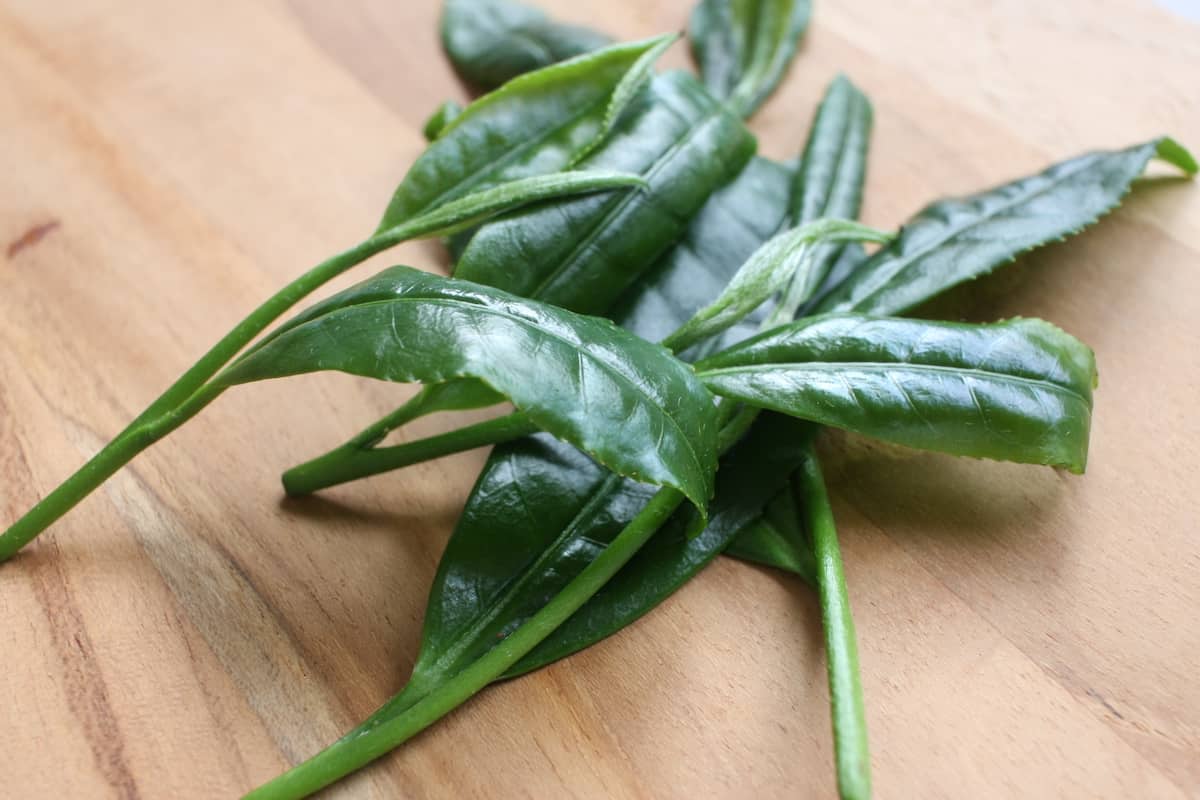
Caffeine Content in Gyokuro
Gyokuro has one of the highest caffeine content in the world of tea. The reason for this has to do with both the shading and the picking of the tea. Caffeine is produced as a natural defense mechanism to help repel insects. Caffeine can be bitter and even toxic to some small insects, so the tea plant produces it to prevent its leaves from being eaten.
The younger, more tender tea leaves are especially vulnerable to insects, so they need more protection. This is why teas made from the younger sprouts of the tea plant, like gyokuro and matcha, tend to be higher in caffeine. The shading process can also cause the tea plant to produce more caffeine.
When the tea plant is cut off from sunlight, it undergoes a lot of stress which triggers more caffeine production. As a result, gyokuro has extremely high caffeine content, with as much as 120mg of caffeine coming from 1 session (5 grams of leaves, brewed three times).
Related:
- A Simple Guide To The Best Japanese Green Tea
- How To Easily Make A Matcha Espresso Latte
- Low Caffeine Tea Found In These 5 Japanese Green Teas
- Sencha and Hojicha: Two of The Best Everyday Japanese Teas
What are the other benefits of Gyokuro?
In addition to being high in caffeine, gyokuro is also high in theanine. This amino acid is thought to work in synergy with caffeine to produce a calm yet alert feeling. This could be why Gyokuro drinkers report having longer-lasting energy throughout the day, with less of the crash and jitters they may get from coffee.
How was Gyokuro discovered?
Gyokuro was first discovered by a tea merchant named Yamamoto Kahei in 1835. After traveling around Japan, he noticed some small family farms covering their tea plants to protect them from the cold before the harvest. This practice was common during the cultivation of tencha.
It is said that during his time visiting the Kinoshita family, the winter was particularly long, and after the extra-long shading process, he noticed the tea leaves produced a sticky residue during processing. The tea was named Gyokuro or Jade Dew as a reference to this.
During the Edo period, this tea became the tea of choice for the Emperor. Before refrigeration, a tea’s quality was often measured by how long it lasted. Gyokuro became the clear winner, with its flavor maintained or even improved through age. This is why you may see Gyokuro labeled as imperial gyokuro or emperor’s gyokuro.
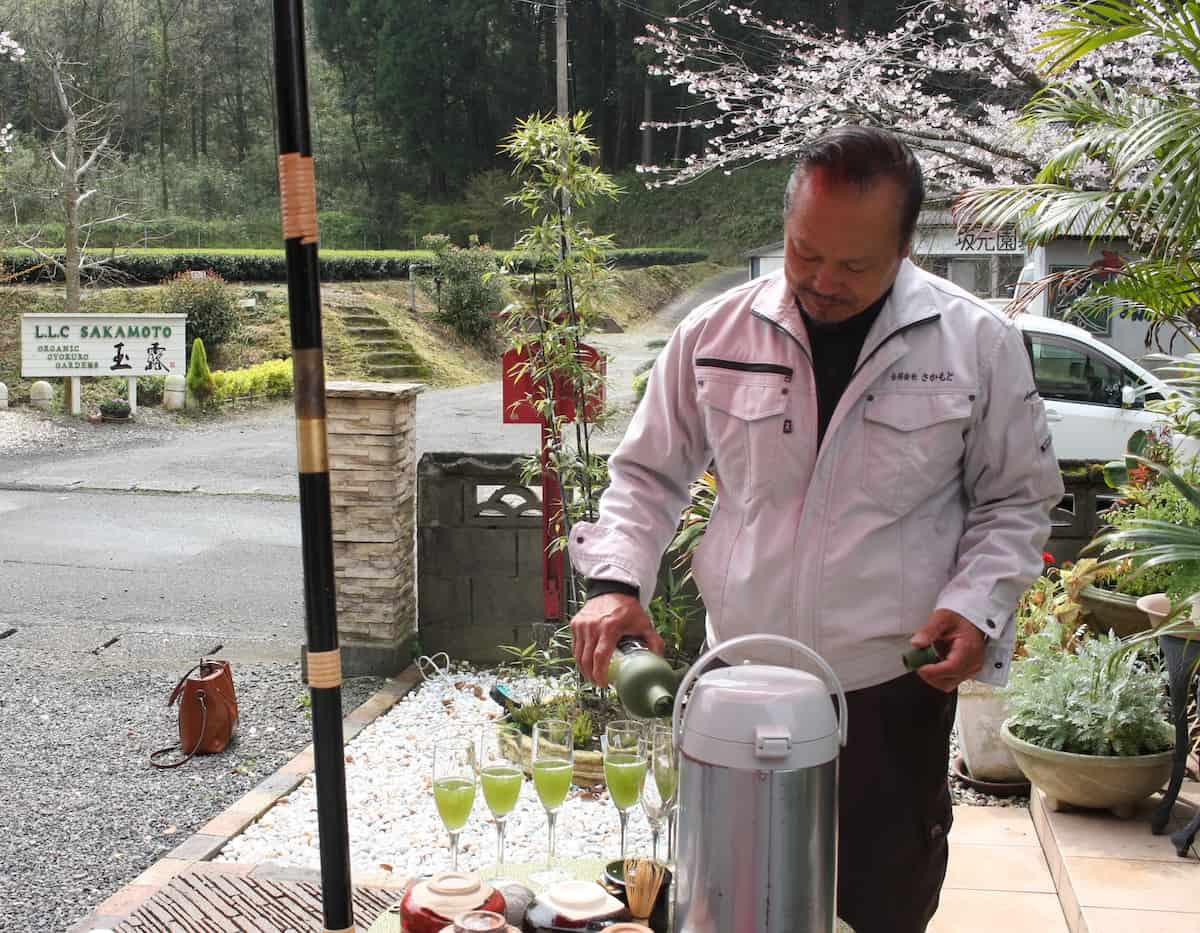
Why is Gyokuro so difficult to produce without pesticides?
While Gyokuro is always difficult to produce, it is especially difficult to produce without pesticides and chemical fertilizers. The 3-week shading process is a particularly challenging time for the tea plant. Most Gyokuro farmers will temporarily use an artificial fertilizer to strengthen the tea plant, but when it comes to growing tea without chemicals, it comes down to the farmer's skill.
Mr. Sakamoto, a talented Gyokuro farmer in Southern Japan, has grown green tea without chemicals since 1985. His secret is a natural fertilizer made with organic compost and sedimentary rock. This keeps the tea plants strong and healthy without the use of chemicals.
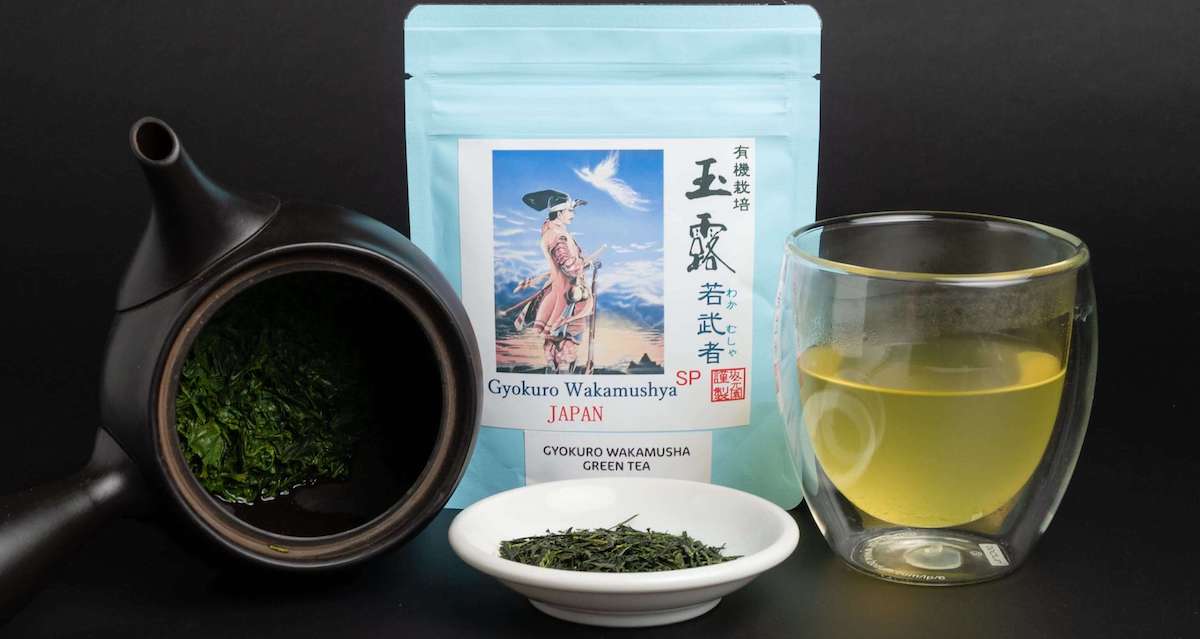
Where to buy Gyokuro
If you are interested in finding excellent-tasting Gyokuro grown without pesticides, you can find Mr. Sakamoto’s Gyokuro at Nio Teas.
If you decide to purchase tea from Nio Teas, use my custom CODE: LIFEISBETTERWITHTEA to save 5%.
- The Gyokuro Cha Musume is an excellent place to begin your journey into the world of Gyokuro, but if you are a more seasoned tea drinker,
- we recommend the Gyokuro Cha Meijin
- or Wakamusha, which produces a lighter and sweeter-tasting experience.
Tea for Beginners Start Here >>



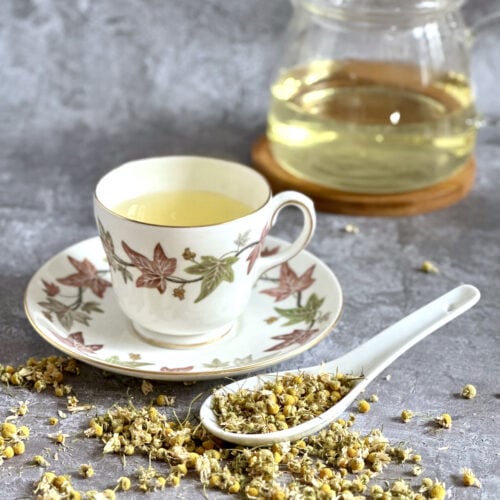
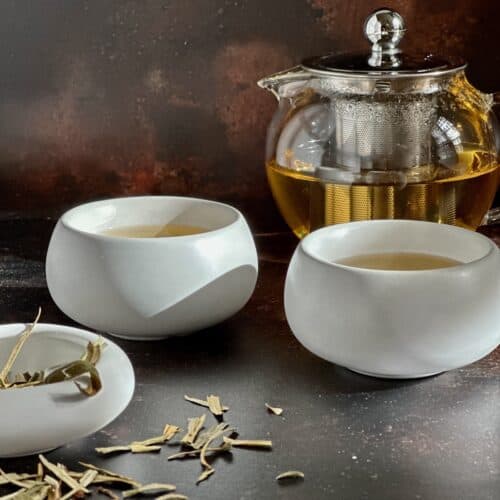
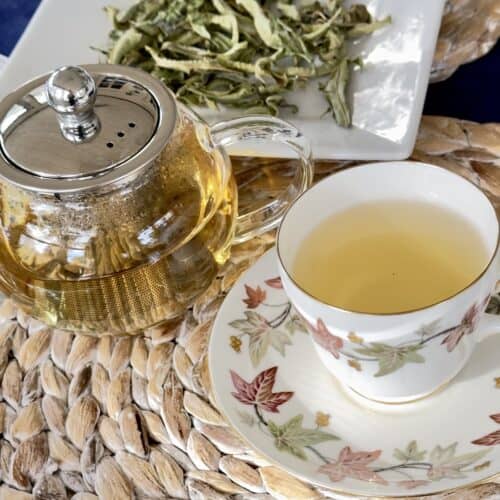
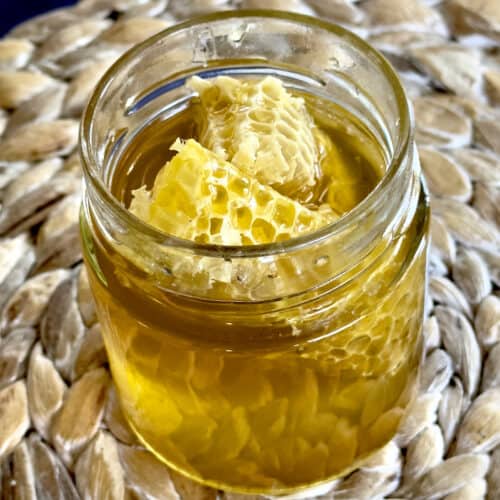
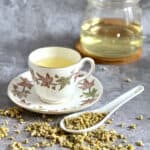
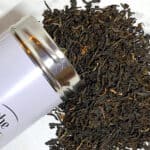
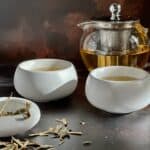
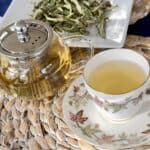


Leave a Comment